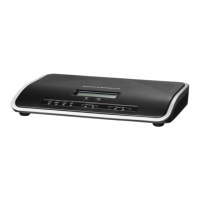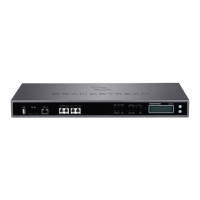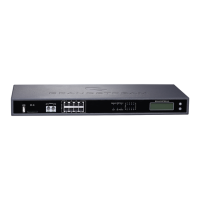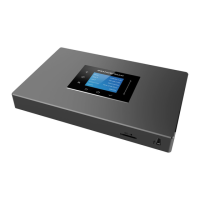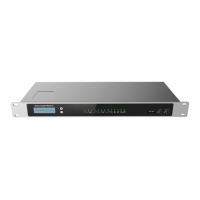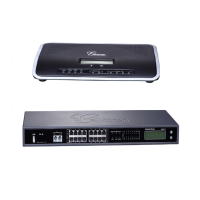P a g e | 12
The service can be used as such:
1. A dials B.
2. B rings and answers the call.
3. A and B can hear and talk to each other.
4. A dials #1.
5. B hears music on hold.
6. A dials C.
7. A is disconnected from the call.
8. C rings and answers the call.
9. B and C can hear and talk to each other.
Making an Attended Transfer
Assuming the following:
• A, B, and C are SIP extensions registered to the UCM.
• The attended transfer feature code is set to “Allow Both”.
• *2 is the configured feature code to initiate an attended transfer.
The service can be used as such:
1. A dials B.
2. B rings and answers the call.
3. A and B can hear and talk to each other.
4. A dials *2.
5. B hears music on hold.
6. A dials C.
7. C rings and answers the call.
8. A and C can hear and talk to each other.
9. A hangs up the call.
10.B is connected with C.
11.B and C can hear and talk to each other.
Making a Seamless Transfer
Assuming the following:

